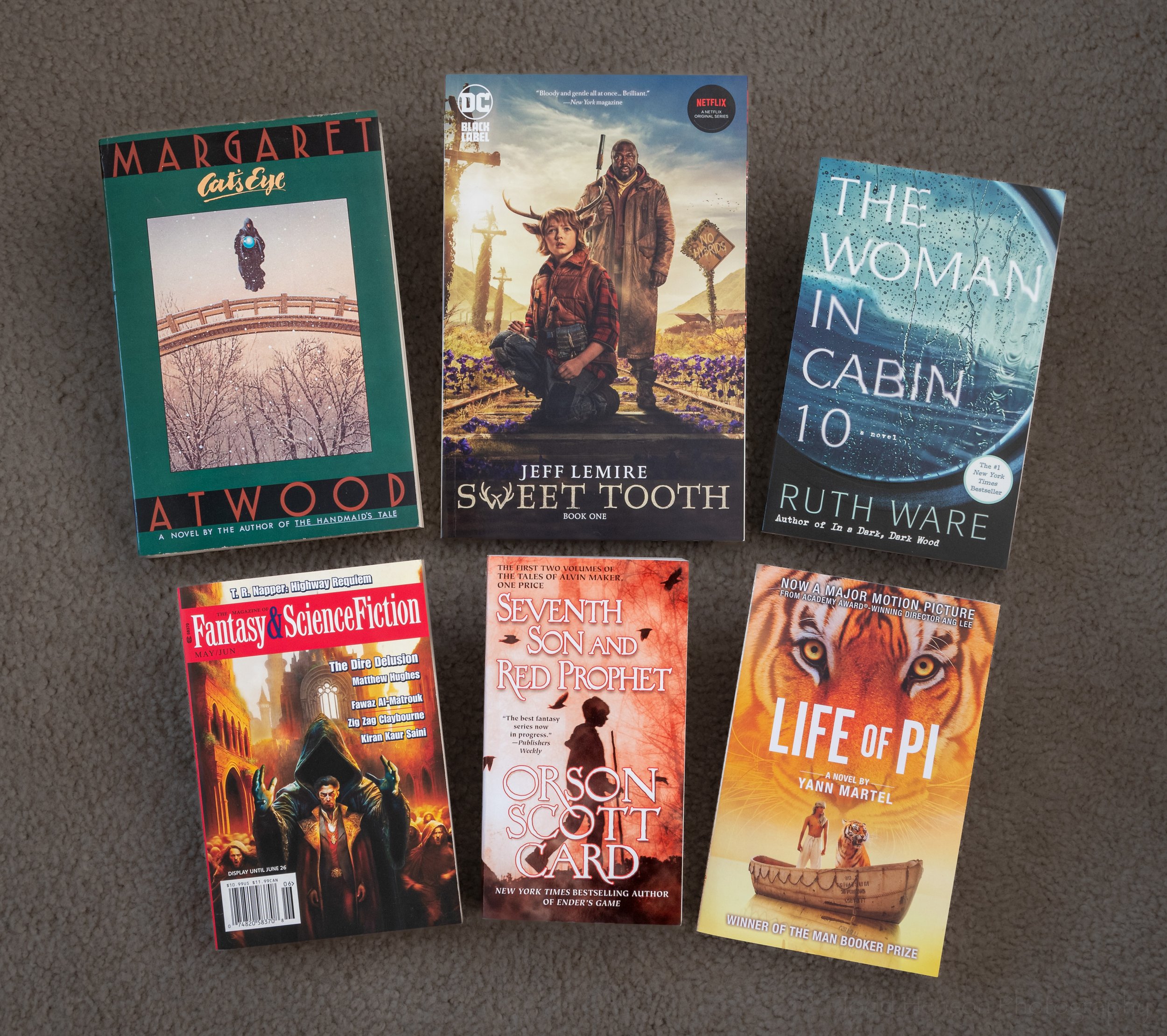This post contains affiliate links and I will be compensated if you make a purchase after clicking on my links. This is at no extra cost to you.
Photographs from the Edge tells some of the stories behind many of the photographs Art Wolfe has created over the years. The subtitle of the book is A Master Photographer’s Insights On Capturing An Extraordinary World.
I love this book, and find it a perfect complement to Earth is My Witness: The Photography of Art Wolfe. Earth is My Witness is focused primarily on the photographs. Photographs from the Edge focuses more on the stories behind the photographs.
The book is organized by decade, showing Art’s work from the early 1980’s to more recent work just prior to the book’s publication in 2016. It is a collection of stories about Art’s experiences. Each section has about one page of story, along with one or more photographs. Additionally, each contains a paragraph about the nature of the photograph, and another with a photo tip relevant to that photo or experience. This edition is a nice hardcover book measuring approximately 7.5 x 10.25 inches with 280 pages.
Below are some sample pages from the book.
Photographs from the Edge by Art Wolfe, pages 38-39, October 1990, Polar Bears, Churchill, Manitoba, Canada.
Art says Polar Bears is a special image for him, depicting the bears coming together, communicating in a very gentle way, and with such a beautiful symmetry. This was the first time the image was used in a book.
Photographs from the Edge by Art Wolfe, pages 46-47, November 1992, Emperor Penguins, Weddell Sea, Antarctica.
To create Emperor Penguins Art lay on his belly, letting him fill the frame with the penguins, eliminating anything distracting from the frame. He said one of the difficult things about shooting penguins was their curiosity. One minute he’s looking through the lens shooting a group of penguins and the next the entire frame goes white as a penguin comes right up to him, standing in front of the camera.
Photographs from the Edge by Art Wolfe, pages 60-61, August 1994, Simbu Dancers, Mount Hagen, Papua New Guinea.
For Simbu Dancers, Art tells how he approached these men who were preparing themselves for a celebration. He didn’t speak their language and was without an interpreter, but he boldly approached them and began arranging them into the abstract composition seen in the photo. He says it’s often best to be decisive. I suspect having the right kind of personality also helps.
Photographs from the Edge by Art Wolfe, pages 66-67, October 1995, Les Aiguilles and Lac Blanc, Savoy Alps, France.
Les Aiguilles and Lac Blanc is such a beautiful photograph with a nice symmetry between the mountains and their reflections. Art describes the miserable weather they had to endure to be in the right place at the right time to create this image. He also talks of using a graduated neutral density filter to balance the exposure between the reflection and the mountains.
Photographs from the Edge by Art Wolfe, pages 82-83, January 2001, Spiritual Journey, Ganges River, Uttar Pradesh, India.
I love the feeling of Spiritual Journey, a lone figure in their white washed boat, paddling towards the sunrise. Art was able to visualize this shot the night before he created it. Then, the next morning, he had this person pose in the boat while they waited for sunrise. But they needed to pull the boat onto mud to keep it still. The shutter speed was far too slow to have captured this image if the boat were floating on the moving river.
Photographs from the Edge by Art Wolfe, pages 246-247, January 2014, Blue Courtyard, Jodphur, Rajasthan, India.
With some of the previous photos Art was able to arrange subjects to create a composition he had visualized. With Blue Courtyard he took advantage of serendipity to create a beautiful image of a woman and child using a frame-within-a-frame effect. He’d been walking down a road in a rural community when he came upon this scene. He says he often has time when working on projects to get out and explore the local areas. Such was the case with this photograph.
You can see the range of subject matter from the sample images. Art has photographed wildlife of every form all over the world. He loves interacting with, learning from, and photographing people of all cultures, especially those still keeping traditions alive. And while in all these locations he seeks out and captures beautiful landscapes.
Photographs from the Edge is a perfect book for anyone who appreciates Art Wolfe’s work and is interested in the stories behind the photographs.













































